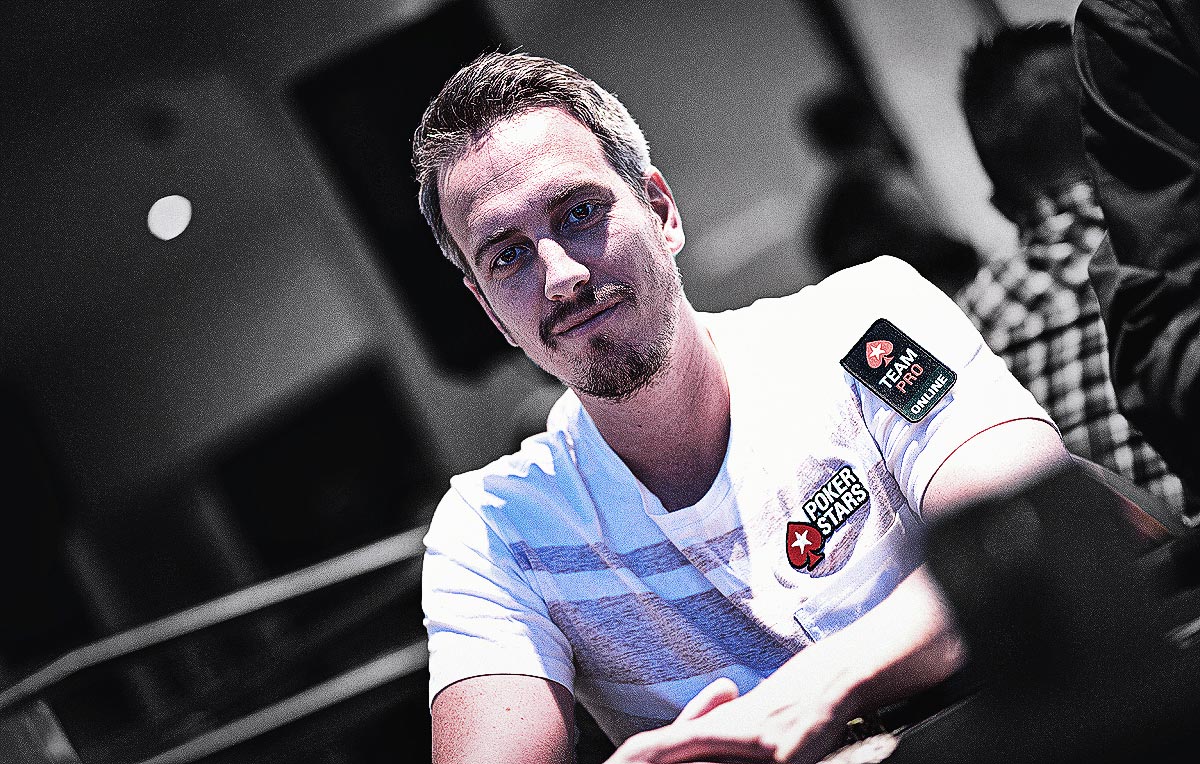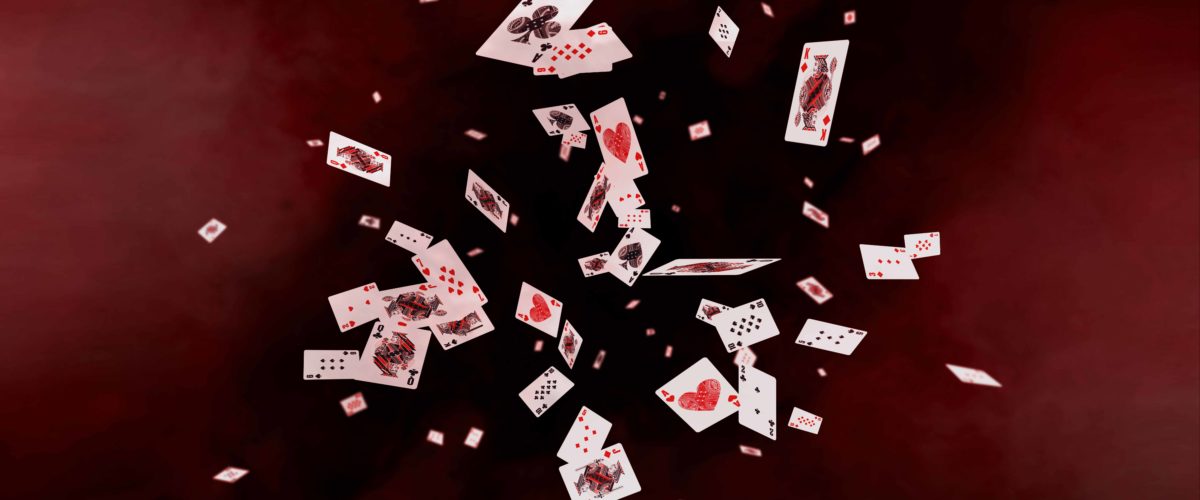Apostando el Turn en No Limit Hold’em
Si hay una calle que continuamente se malinterpreta y juega mal en Texas Hold’em, es el turn. En este momento, la mayoría de los jugadores tienen sus estrategias previas al flop, tienen una idea decente de qué hacer en el flop y, en general, toman decisiones defendibles en el river. Pero ¿y el turn? Todavía es el salvaje oeste allá afuera en el turn.
Los jugadores continuamente cometen grandes errores en esta calle, ya sea jugando demasiado pasivo y nunca faroleando o usando un juicio pobre para disparar nuevamente cuando debería ser el momento de apagar los motores. Vamos a ver cuándo deberías disparar nuevamente en el turn.

Knowing when to fire again
Most players are very aware of how valuable continuation betting on the flop can be, and go ahead with ‘c-bets’ a large percentage of the time. However, when that initial c-bet is called players seem to be less certain of how to act on the turn.
If your flop c-bet is a complete bluff – let’s say you have 7-6 and the flop is Tc-4d-2s – then, depending on what comes on the turn, there are plenty of possibilities for you to still pick up this pot. Just because your c-bet bluff gets called on the flop it doesn’t mean your opponent has a strong hand. In this particular situation their entire range could include a ten, a four, a two, pocket pairs, sets, Ace-high, King-high and – maybe – straight draws such as 5-3 and 6-3. As you can see, only a small portion of this range is what you’d define as ‘strong’. Much of the range is calling in the hope that they will just be able to see low cards on the turn and river to get to showdown without putting any more chips into the middle!
Of course, in a situation like this it’s your duty and obligation to turn the tables and give your opponents awkward decisions on the turn. Firing a second bullet will often work but you have to ensure you’re bluffing in the right situations. Much of this depends on what the turn card brings. Using the same hand set-up there are some key cards that you should definitely fire on. The turn cards with the highest chance of success are aces and kings. You can tell a very credible story by firing on an ace or king turn and it will force your opponent to fold much of their range.
You should also look to fire away on turn cards that give you added equity in the hand. In this spot that would primarily be if a 5 drops down as you’d then pick up an open-ended straight draw. A semi-bluff in this spot will sometimes work but even if called you have plenty of outs that could make your hand on the river. In other instances, the turn may bring a backdoor flush draw, gutshot or more – they’re often worth firing at on the turn to try and elicit a fold.
When to give it up on the turn
As we’ve seen, there are lots of turn cards that should prompt us to fire again – but there are also plenty of cards that should see us put the brakes on our bluff too. The main thing you are looking for when deciding to barrel the turn is if that card has changed the board at all. If it has, there’s often value in continuing your bluff. If it has not, there’s often value in giving up.
The classic example of the turn card not changing the board is when the board pairs. In our initial example this would mean a ten, four or deuce coming on the turn. In this circumstance, one can assume that the turn card has either helped your opponent out by enhancing their hand to two pair or trips, or at the least it hasn’t done anything to scare them away. In both cases, a bluff is unlikely to work.
You should be wary also of undercards to the flop coming down, a jack is often a bad card to fire on too. Many of the hands that opponents will flat-call a raise with pre-flop either have a jack in them (K-J, Q-J, J-T, J-9 etc) or are hands where a jack will either complete a draw or set one up. Again, these are best to be avoided.
On the whole however, if you are to lean in one direction on the turn it should be to play too aggressively than to play too passively. It can backfire when you are very aggressive but you give yourself many more options to pick up pots than if you are passive and only firing away when you have an actual hand. That’s a tough way to win at poker. Take some chances, live a little and you might just turn (sorry!) your fortunes around…

